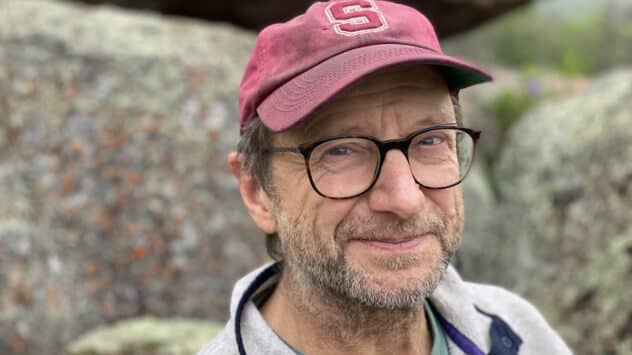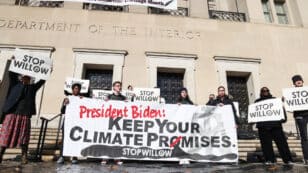
‘We Have Just Arrived’: Author Rick Bass on Writing and Activism in Montana
Rick Bass is an American author of more than thirty books, both fiction and non-fiction, on a wide range of topics. An environmental activist, he is also an artist drawn to the beauty of the natural world. The winner of numerous awards, his most recent essay collection, With Every Great Breath, was released this February […]

 233k
233k  41k
41k  Subscribe
Subscribe 











